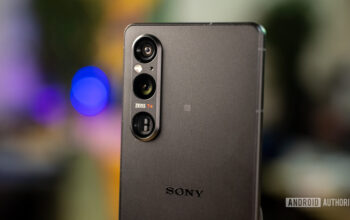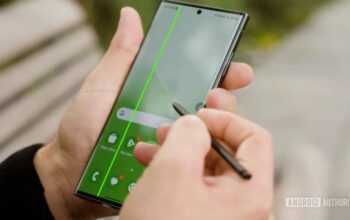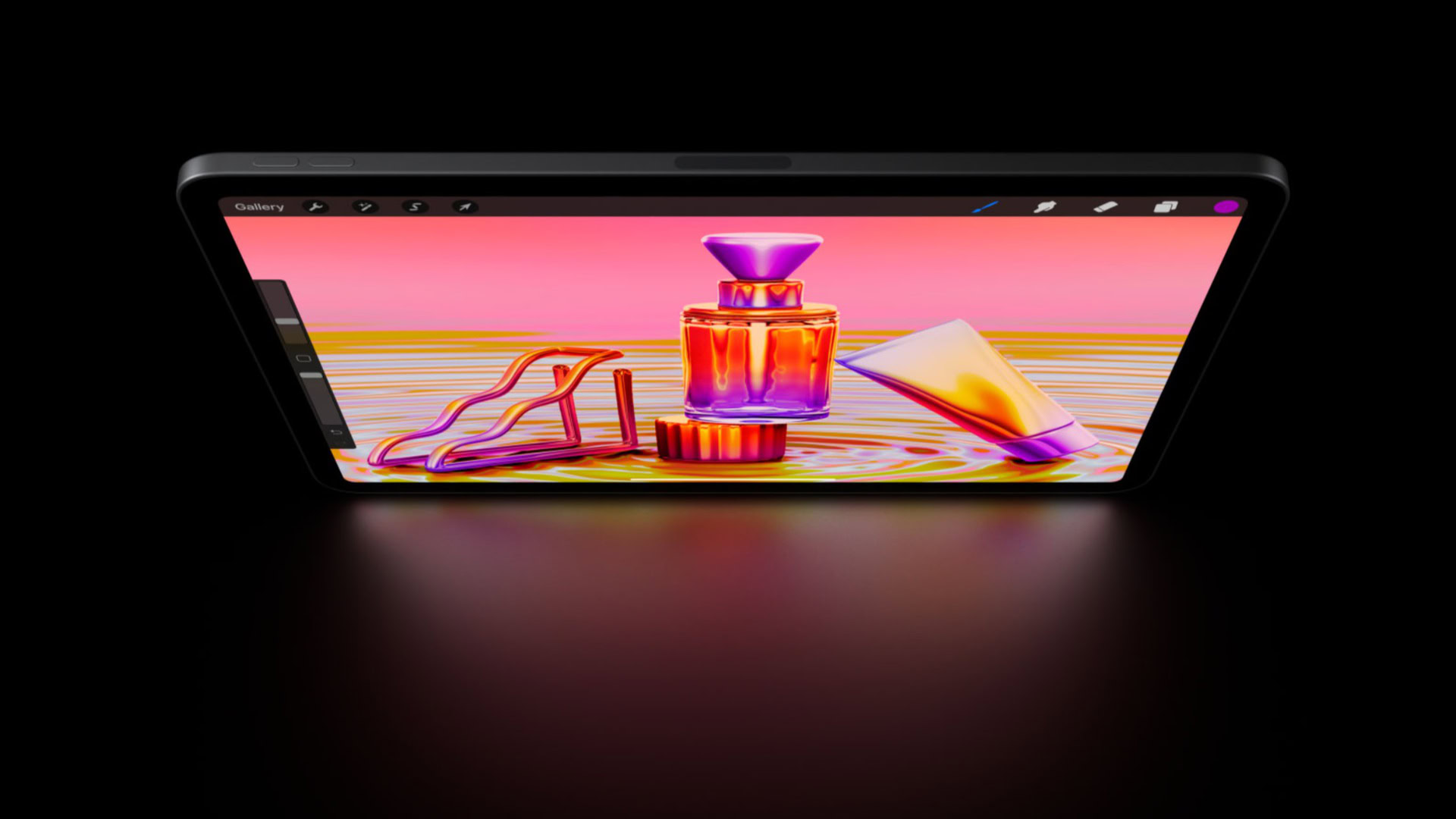
If you haven’t heard, Apple is strongly rumored to be getting into smart displays, a field so far dominated by Amazon and Google with products like the Echo Show 8 and the Nest Hub. Assuming a product ships by the end of 2022, Apple will be even later with displays than it was with smart speakers ― this fall will mark five years since the debut of Amazon’s Echo Spot and first-gen Echo Show. By comparison, the first HomePod debuted in February 2018, a little less than four years after the original Amazon Echo.
I’m here to argue that while Apple is definitely late to the party, it is poised to gain a foothold in the market, even if the model people really want may follow a year or two later.
We recommend: The best smart home products to buy
What kind of smart display is Apple making, exactly?
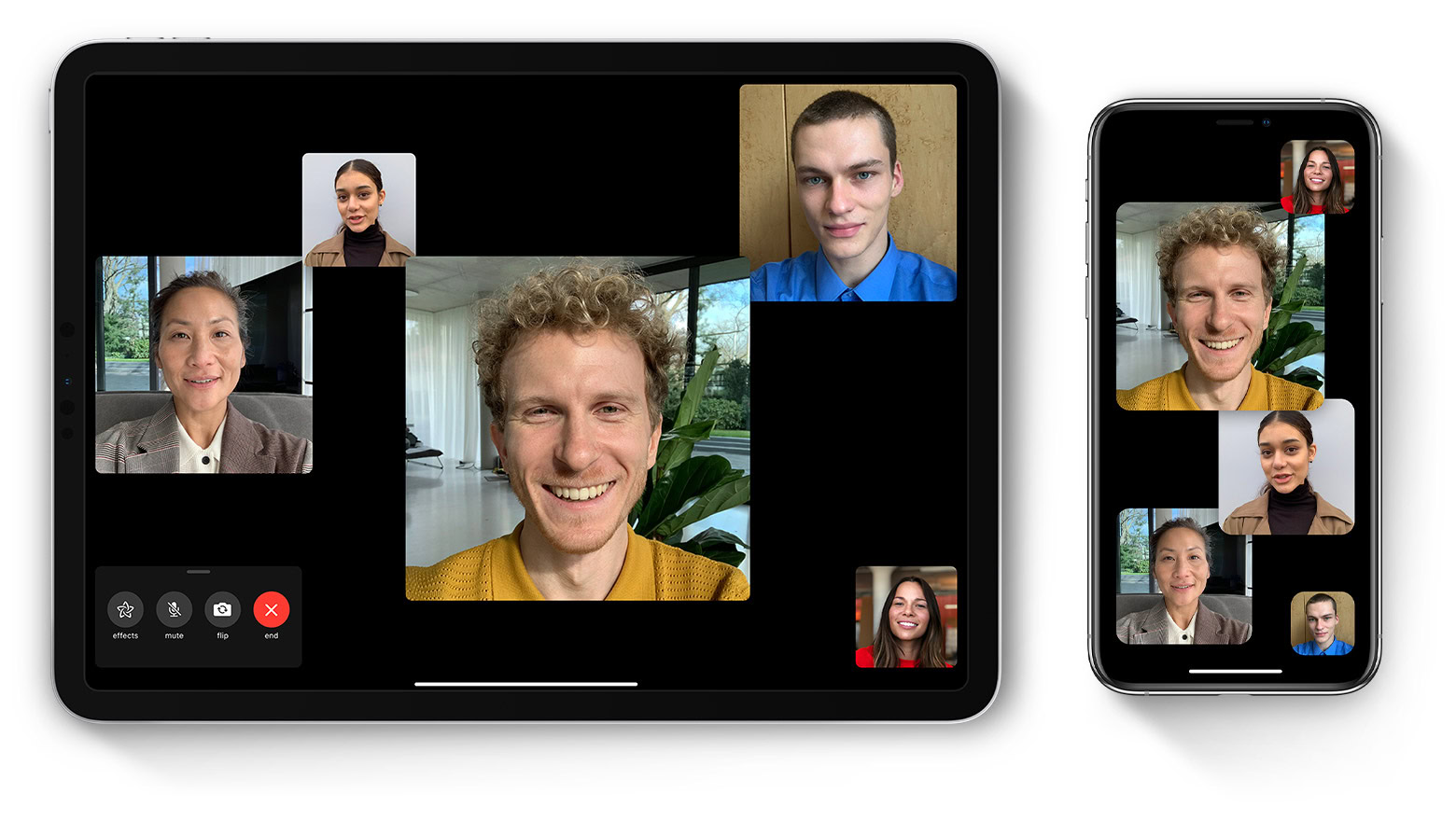
Rumors of an Apple smart display date back to early 2021, shortly after the company discontinued its high-end HomePod and switched focus to the HomePod mini. Most claims have stemmed from Bloomberg reporter Mark Gurman, who recently reiterated some of them in an April 2022 newsletter.
Because of those, it’s not clear whether Apple will ship something with an integrated screen and speaker. Gurman’s current view is that Apple will sell a new HomePod that connects to your TV, offering integrated Apple TV (media streaming) and FaceTime (video calling) functions, the latter through a built-in camera. That would be similar to Meta’s Portal TV, and an upgrade from the Apple TV 4K, which lacks any camera system and normally relies on a remote for Siri voice control.
It’s not clear whether Apple will ship something with an integrated screen and speaker.
Gurman has previously hinted at an all-in-one smart display, but assuming that project is still in development, it’s uncertain what its touchscreen interface might look like. It would presumably borrow cues from iPadOS, but offer simplified widgets for things like media and home controls instead of full-fledged apps. Indeed, some people already use dedicated iPads as makeshift smart displays ― they just mount them on a wall or fridge and leave the Apple Home app running.
Related: Everything you need to know about Apple HomeKit
Why Apple is facing an uphill battle
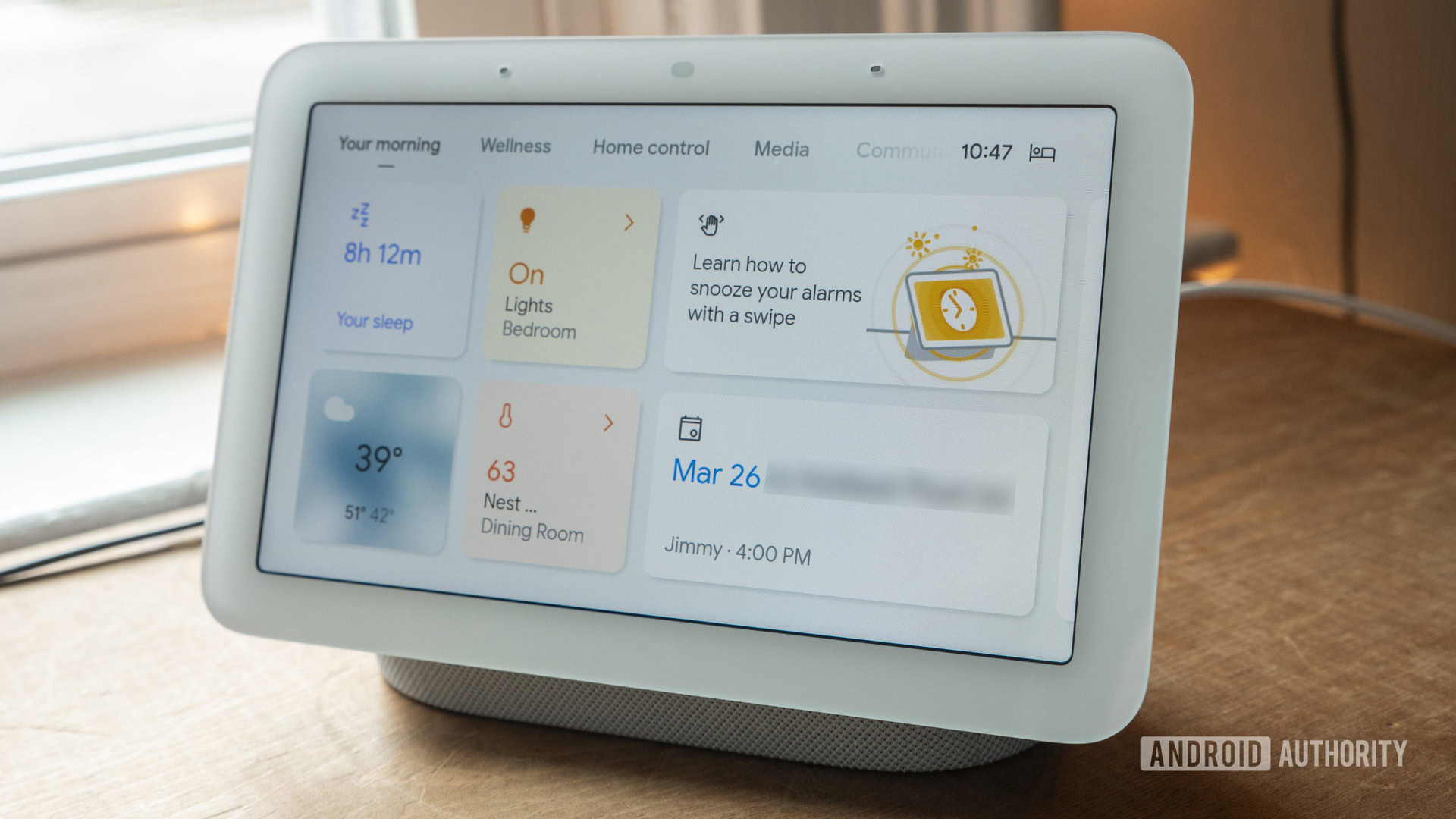
Jimmy Westenberg / Android Authority
Amazon and Google have had such a head start that they’re not just the companies to beat, they’ve also had time to shake out problems and experiment with features. Amazon, for example, hasn’t produced another display with a round screen since the Echo Spot, which was never great with video or text. Both companies are using increasingly streamlined interfaces, and Google even added sleep tracking with 2021’s second-generation Nest Hub.
Apple will benefit from this trial-and-error, but any company is bound to make its own mistakes when entering a new product category. In particular, Apple has a special history of ignoring popular trends in favor of carving its own path. Remember when the HomePod first launched? Apple Music was the one and only music service allowed to use native Siri commands. Bowing to pressure, you can now choose from alternatives like Pandora and Deezer, but Spotify subscribers still have no choice but to use AirPlay.
Siri and HomeKit, meanwhile, continue to lag behind Amazon Alexa and Google Assistant. The latter platforms tend to have more capable and responsive voice command technology, and HomeKit is a distant third when it comes to smart home marketshare. That means fewer compatible accessories, and of course, Alexa and Google Assistant will always be more flexible thanks to supporting Android, not just Apple platforms.
Why an Apple smart display is likely to succeed
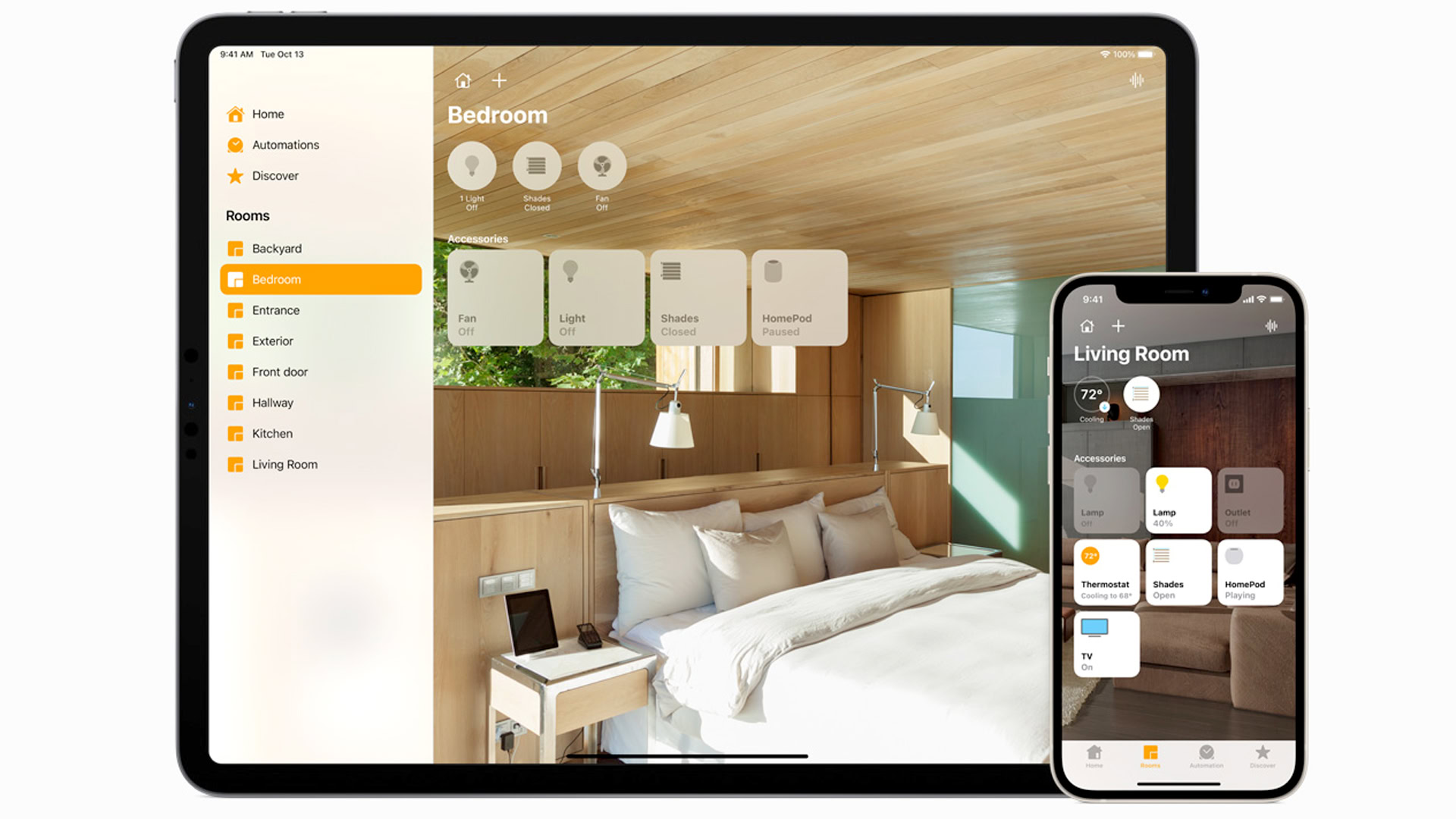
Apple isn’t oblivious to its ecosystem’s issues and feature gaps, so Siri and the HomePod software are continuing to evolve. In recent years the company has added things like intercom features, personalized voice profiles, and Apple TV control. A lot of this may be playing catch-up with Alexa and Google Assistant, but support for third-party tech aside, HomePods now have few serious deficiencies. If Apple can ever bury the hatchet with Spotify, that’ll go a long way towards making an Apple smart display competitive.
In parallel, the spinoff of iPadOS from iOS has ― intentionally or not ― laid the groundwork for a quality smart display interface. The Apple Home app has grown to make better use of tablet-sized screens, and larger widgets were introduced with iPadOS 15, which is a big reason why iPads make for a logical starting point. It’s not hard to imagine modified versions of these widgets filling a smart display homescreen.
The spinoff of iPadOS from iOS has ― intentionally or not ― laid the groundwork for a quality smart display interface.
Sure, iPads do make functional smart displays on their own, but there’s room for a dedicated product in the Apple ecosystem for a few reasons. iPads aren’t built to sit in one place with continuous power, so they can’t provide ambient computing without extra work. Displays are also inherently cheaper than a do-it-all tablet, and even the speakers in an iPad Pro are inferior to what you get from something like a Nest Hub.
Lastly, Apple has a dedicated fanbase, which is probably interested in something that’s both better integrated with its ecosystem and takes an alternative approach to Amazon, Google, or Meta. Consider the rumored TV-connected HomePod ― in theory, you could use a combination of FaceTime and SharePlay to watch movies remotely with friends and loved ones. The Portal TV does have a similar option, but only for Facebook Watch, which isn’t a living room experience no matter how hard Meta wants to promote it as such. In contrast you can use Apple’s SharePlay with services like Apple TV Plus, Disney Plus, HBO Max, and even Apple Fitness Plus.
Would you be interested in buying an Apple smart display?
13 votes
The Apple first-generation curse
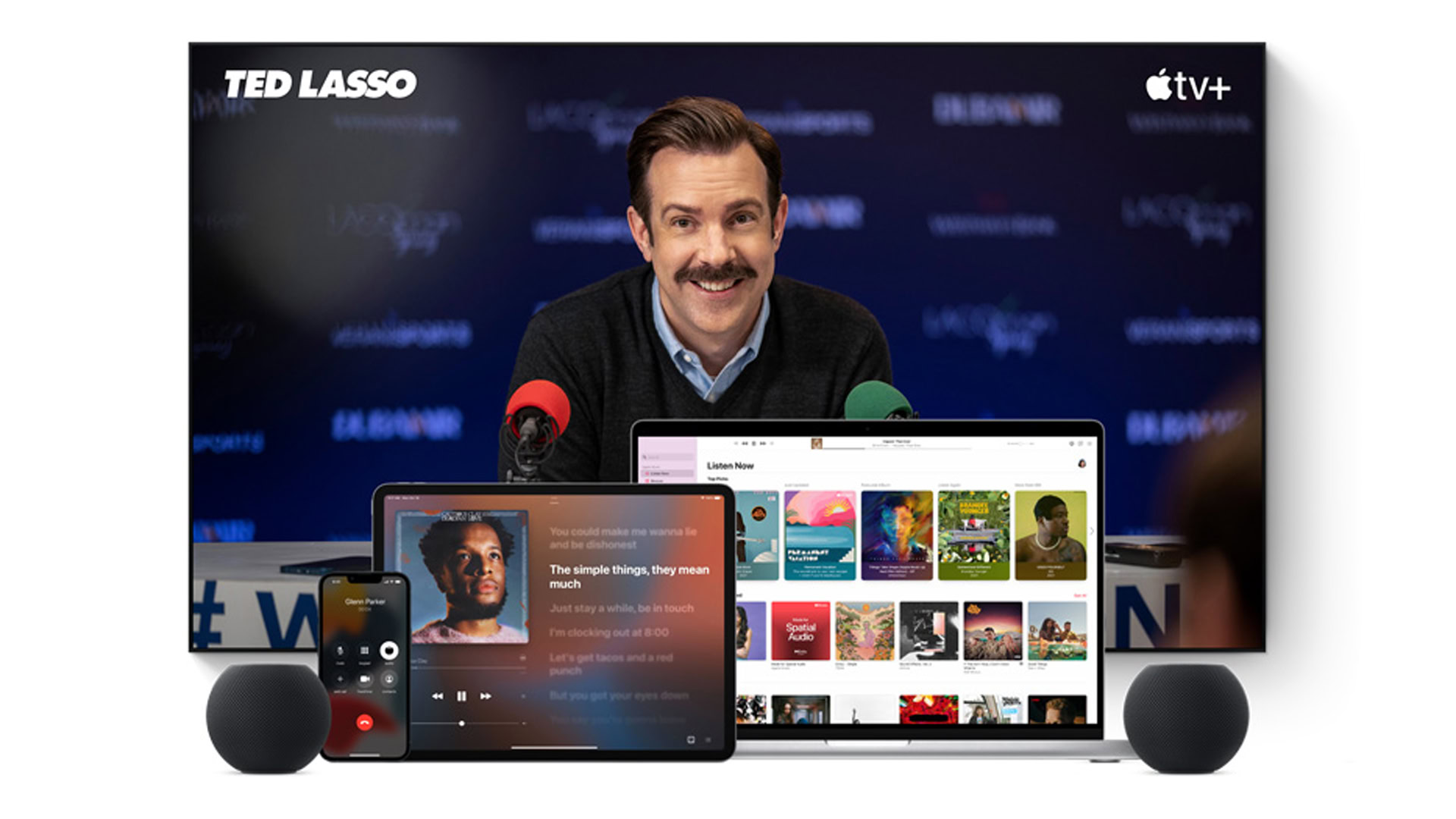
Roger Fingas / Android Authority
Given its track record with new product categories, Apple’s first-gen smart display will probably do well enough, but take some time to find traction. The company’s missteps have included everything from too-narrow third-party support to unreasonably high prices, both of which are probably what sunk the original HomePod. At $349, it was a hard sell when you could get other high-quality smart speakers like the Sonos One for over $100 less.
Apple will probably take a generation or two to gauge its strengths and public demand, and react accordingly.
Apple will probably take a generation or two to gauge its strengths and public demand, and react accordingly. Perhaps the best demonstration of this is actually the Apple Watch, which was initially pushed hardest as a fashion accessory, to the point that you could get real gold models costing upwards of $10,000. The Series 2 pivoted towards health and fitness, which is what Apple still emphasizes today.
Who knows ― the company could knock it out of the park on the first swing. Regardless, I’m curious to see what Apple’s interpretation of a smart display looks like.
Read more: The best smart speakers you can buy

